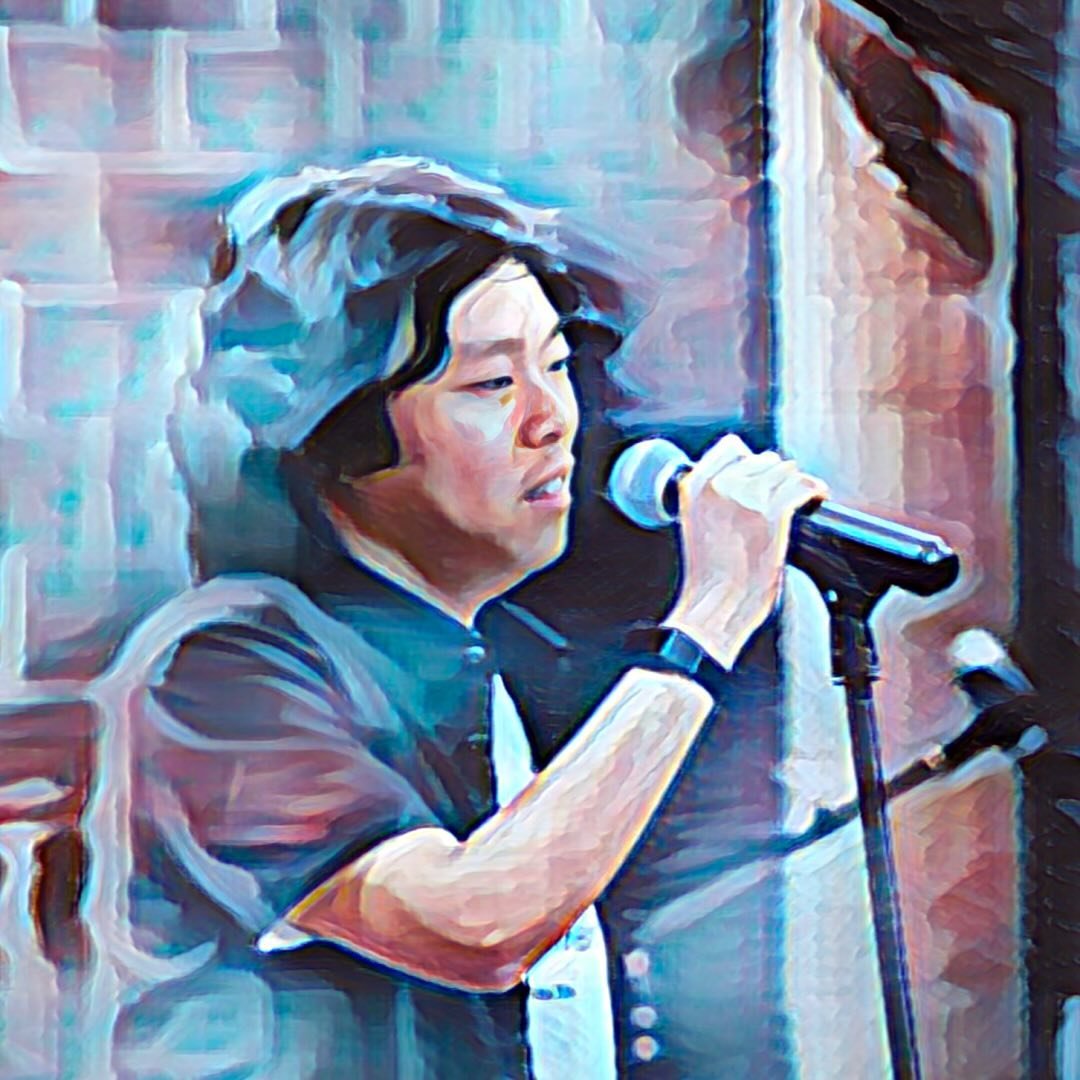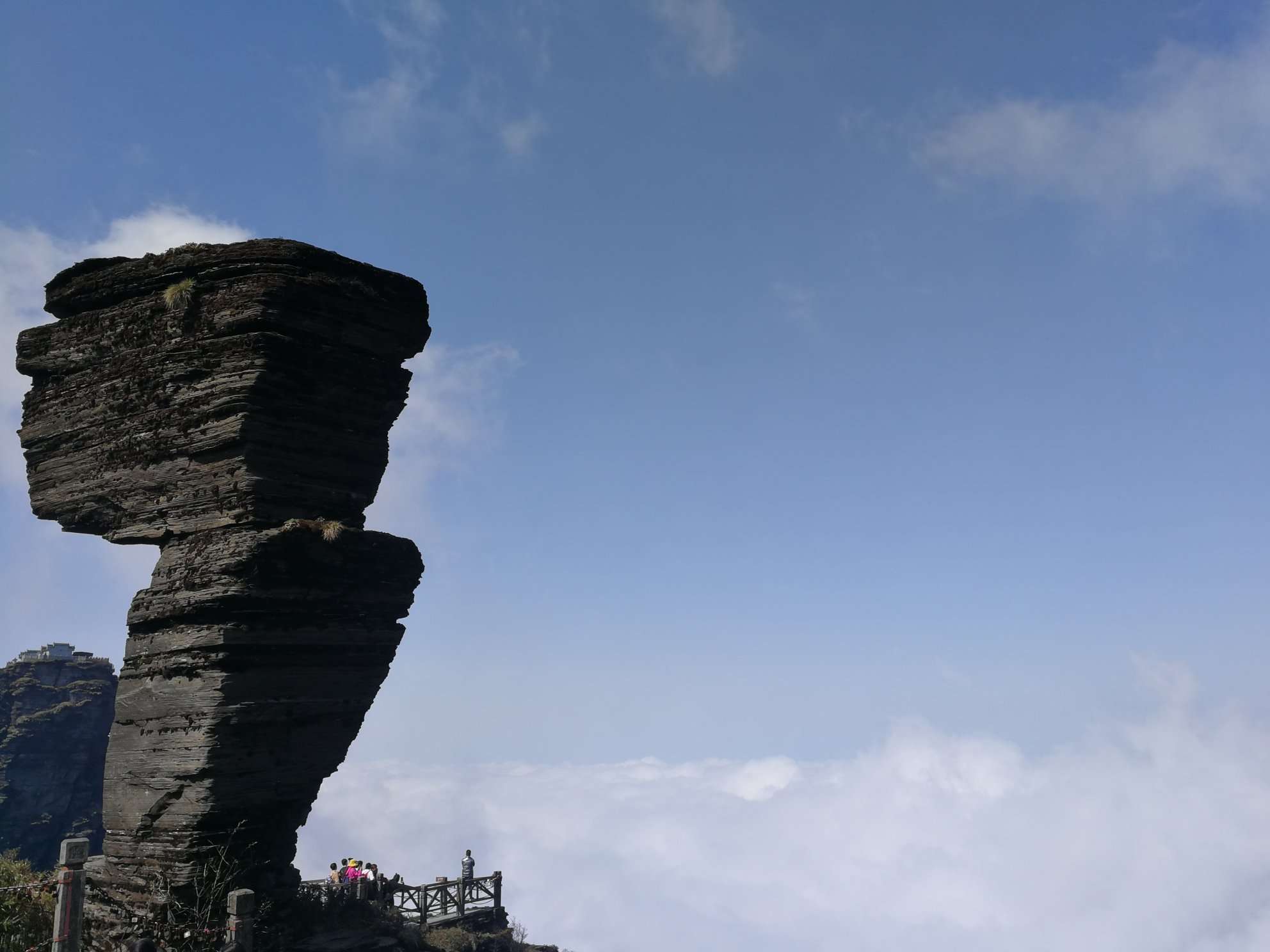In the context of quantum entanglement, we want to find a set of ‘‘allowed’’ operations that can be performed on the multipartite quantum system. Motivated both by realistic physical process and our goal to identify the nature of quantum entanglement under restricted quantum and classical operations that are distinguished by the operation range, we introduce the idea of ‘‘local operations and classical communication’’ (LOCC).
As the name suggests, LOCC consists of 2 parts: local (quantum) operations and classical communication. It could be a multi-round process, where the local operations and classical communication are performed once each round. WLoG, we assume that A communicates to B.
For the first part, we simplify the scope of ‘‘local’’ operations to quantum operations performed on a single part of the multipartite quantum system. They can be pure (unitary evolution) or mixed (quantum measurement). They can be in general written in the form:
\[\rho \rightarrow \sum_{i} (M^A_{i}\otimes M^B_{i} \otimes...\otimes M^{A_k}_{i}) \rho (M^A_{i}\otimes M^B_{i} \otimes...\otimes M^{A_k}_{i})^{\dagger},\]where $A, B, …, A_i$ labels the parts of the physical system.
While the quantum operations cannot exceed distance limitation, the classical communication is the method to exchange information between the different parts of the quantum system. However, this doesn’t give much modification on the form of outcome of the quantum state, since the communication from e.g. A to B only conditions the quantum operation on B probabilistically. The form of total operation (only consider A and B) is:
\[\rho \rightarrow \rho'_A = \sum_i M^A_{i} \rho (M^A_{i})^{\dagger} \rightarrow \sum_{j} M^B_{j} (\rho'_A) \rho'_A (M^B_{j} (\rho'_A))^{\dagger},\]and this reduces to the same form as above:
\[\rho \rightarrow \sum_{ij} (M^B_{j,i} \otimes M^A_{i}) \rho [(M^A_{i})^{\dagger} \otimes (M^B_{j,i})^{\dagger}].\]
